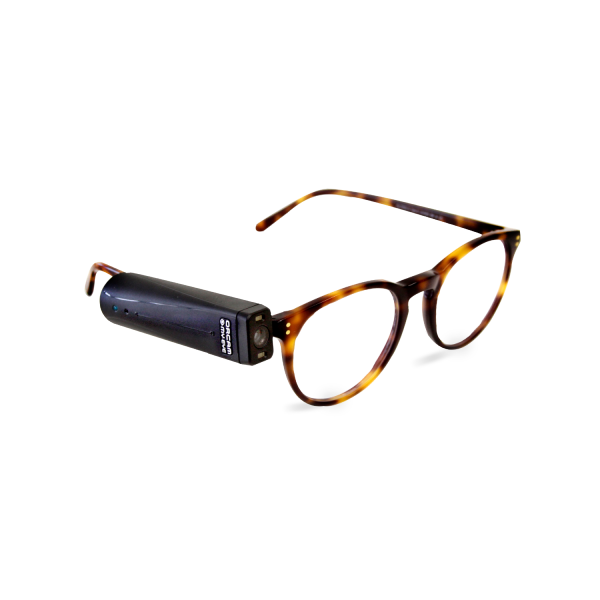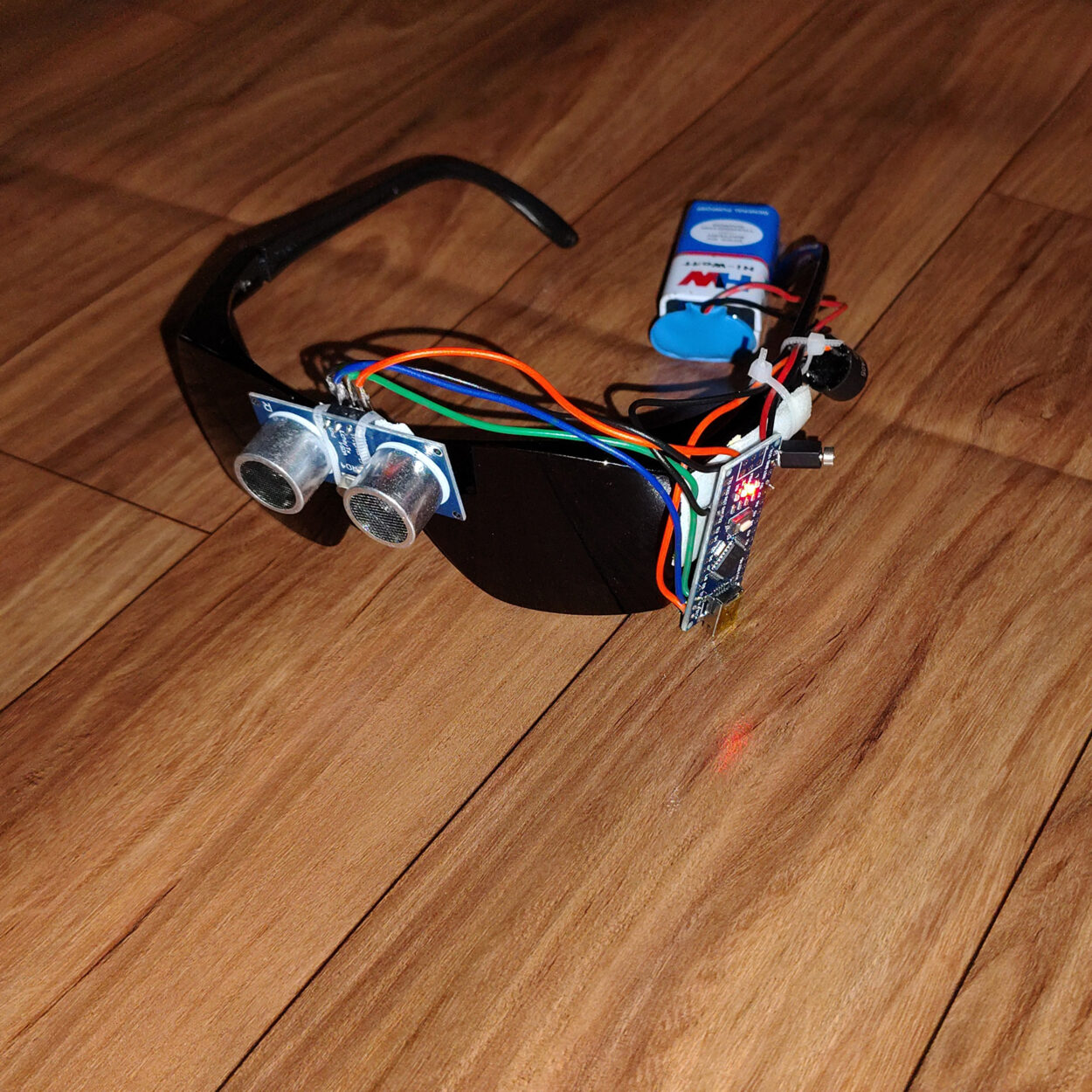Empowering Independence With Assistive Modern Technology for the Blind
The combination of assistive innovation for people that are blind or aesthetically impaired stands for a substantial innovation in promoting independence and boosting high quality of life. With a range of tools-- from screen viewers to ingenious tactile devices-- these innovations not only facilitate navigating and interaction however also advertise social inclusion and participation in numerous aspects of life.
Recognizing Assistive Innovation
Although assistive modern technology has actually evolved dramatically throughout the years, its fundamental function remains the exact same: to boost the high quality of life for people with handicaps, particularly those who are blind or aesthetically damaged. This modern technology includes a broad series of tools and devices that facilitate independence and performance in everyday tasks.
Assistive innovation can be categorized right into sophisticated and low-tech remedies, each designed to meet details requirements. State-of-the-art devices usually include software program applications, specialized hardware, and adaptive gadgets that make use of advanced modern technology to provide support in various contexts. On the other hand, low-tech options might entail day-to-day things that are customized to enhance access, such as magnifiers or responsive markers.
The assimilation of assistive technology into the lives of individuals who are blind or aesthetically hindered not only promotes autonomy however likewise promotes social addition and engagement in specialist and instructional environments. By leveraging these modern technologies, individuals can navigate their surroundings, access information, and communicate efficiently, thus enhancing their overall quality of life. Comprehending assistive innovation is important for specialists, caregivers, and advocates who aim to support individuals in maximizing their potential and achieving greater independence.
Kinds Of Assistive Tools
Assistive gadgets for the aesthetically impaired and blind are vital devices that improve daily living by addressing specific difficulties experienced by users. These tools can be extensively classified right into 3 primary types: optical devices, electronic devices, and sensory devices.

Sensory tools, such as Braille screens and tactile maps, supply alternate ways to obtain info. Braille displays transform electronic text into Braille, enabling individuals to check out through touch. Responsive maps provide spatial understanding with increased lines and textures, allowing for much better ecological understanding.
With each other, these assistive gadgets encourage individuals with aesthetic disabilities to engage even more fully with their surroundings, advertising better freedom and confidence in day-to-day activities.

Effect On Every Day Life
The integration of assistive modern technology into the every day lives of individuals who are visually impaired or blind substantially boosts their capacity to interact and browse with the world around them. Tools such as display viewers, Braille displays, and mobile applications help with access to info, enabling customers to involve with electronic web content, connect successfully, and handle day-to-day jobs independently.
Additionally, technologies like clever glasses and navigation apps provide real-time assistance in strange environments, improving flexibility and self-confidence. These devices enable users to determine obstacles, reviewed signs, and even identify faces, thus cultivating a sense of autonomy in public areas. Furthermore, home automation systems, which can be regulated via voice commands, enable people to handle their living atmospheres a lot more properly, enhancing comfort and safety.
The impact of assistive technology expands past practical jobs; it advertises social addition and emotional health. By bridging the void between individuals and their surroundings, these innovations empower users to participate fully in community activities, seek academic top eye doctors opportunities, and involve in meaningful partnerships. Eventually, the development of assistive innovation contributes in redefining the possibilities for people who are visually damaged or blind, causing a more obtainable and comprehensive society.
Success Stories and Endorsements

An additional powerful testimony originates from Mark, a recent college grad that used screen analysis software application throughout his scholastic trip. This technology enabled him to gain access to training course products and participate in discussions, eventually leading to his successful shift into the labor force. Mark credit histories assistive technology for encouraging him to achieve his profession objectives, highlighting its role in leveling the playing field for individuals with visual impairments.
Furthermore, recreation center have actually reported raised engagement in their programs thanks to the intro of available digital platforms. These systems have made it easier for individuals to link, share resources, and support one another. These success stories jointly underscore the profound effect of assistive innovation in promoting self-reliance, boosting high quality of life, and damaging down obstacles for the visually impaired and blind community.
Future Fads in Assistive Tech
Emerging modern technologies are positioned to revolutionize the landscape of assistive tech for people that are aesthetically impaired or blind. Advancements in fabricated knowledge (AI) and artificial intelligence are enhancing the capabilities of tools, allowing more user-friendly customer experiences. AI-driven applications are progressively able to read and identify items text out loud in real-time, supplying customers with beneficial info about their environments.
In addition, developments in wearable technology are creating brand-new possibilities for self-reliance. Smart glasses geared up with augmented fact features can overlay critical information onto the individual's visual field, facilitating navigation and interaction with the setting. Additionally, the combination of Net of Points (IoT) tools is improving availability in clever homes, permitting customers to control appliances and receive notices with voice commands or responsive user interfaces.
The development of braille displays and responsive feedback systems is also growing, advertising accessibility to digital content and boosting interaction. As these modern technologies remain to evolve, they guarantee to enhance everyday living, educational opportunities, and employment prospects for people with aesthetic disabilities. Continuous cooperation in between technologists, individuals, and advocacy groups will be vital in making certain these technologies fulfill the demands of the community effectively.
Verdict
In final thought, assistive modern technology plays an essential role in enhancing the independence of people who are aesthetically damaged or blind. By offering important tools and sources, these modern technologies help with boosted communication, accessibility, and navigating to info, thereby cultivating autonomy and confidence. The transformative influence of assistive devices not just advertises effective communication with the environment however also motivates social incorporation and involvement in numerous facets of life, ultimately equipping customers to flourish within their neighborhoods.
The assimilation of assistive innovation for people who are visually impaired or blind represents a significant advancement in promoting freedom and improving quality of life.The assimilation of assistive innovation right into the lives of individuals that are blind or visually harmed not only promotes autonomy however additionally cultivates social inclusion and involvement in instructional and professional settings. Inevitably, the development of assistive innovation is crucial in redefining the opportunities for individuals who are aesthetically impaired or blind, leading to a more easily accessible and comprehensive culture.
Several individuals who are blind or visually impaired have shared motivating success tales that highlight the transformative influence browse around this site of assistive modern technology on their lives.In verdict, assistive modern technology plays a pivotal duty in boosting the freedom of people helpful hints who are blind or visually impaired.